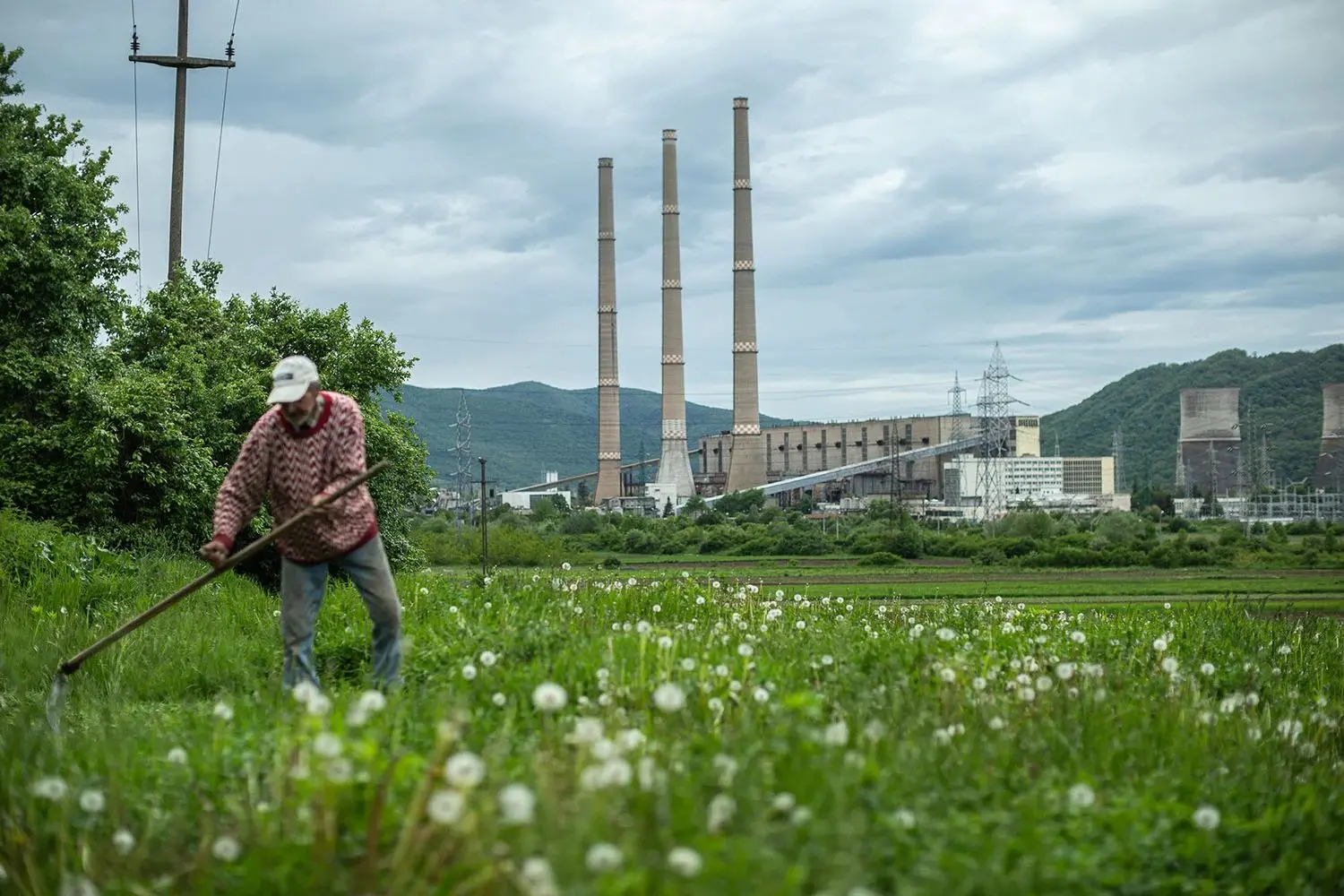
BUCHAREST, Romania—Schools shut down and residents froze in Deva, Romania, for the second winter in a row this year after the town’s coal-dependent energy system stopped working. The nearby Mintia power plant closed in 2021, leaving dozens of public buildings and around 4,000 homes without heat as temperatures reached minus 6 degrees Celsius. When Petronela Luncan, an elementary school teacher in Deva, saw children trying to keep warm during online instruction, she said, “I felt a lump in my throat.”
Romania is phasing away from coal. By 2030, it plans to close all bituminous coal mines in the Jiu Valley region in southwestern Transylvania, but it doesn’t yet have the infrastructure to replace their output. Locals in Deva and other towns suffering from a lack of heating have begun purchasing gas boilers for the winters, with municipalities subsidizing them for low-income families and investing in gas-based heating for schools. “Any other option would have taken too much [time],” said Gabriel Ilies, Deva’s deputy mayor.

As a nonprofit journalism organization, we depend on your support to fund coverage of global conflicts. Help us continue funding the hard costs of in-depth coverage of the Ukraine invasion—including travel, hostile environment safety training, and the increased security expenses that arise from reporting in war zones.
Like many European countries, Romania initially proposed switching from coal-based energy to gas before a transition to renewables. But Russia’s invasion of Ukraine in February has complicated that strategy, with energy plans now being reconsidered as the European Union shifts its stance on importing Russian gas and weighs tightening sanctions against Moscow. Coal may be needed for years, until renewables are ready to come online. Romania’s energy conundrum shows how the conflict’s effects will ripple through energy policy in Europe for years to come.
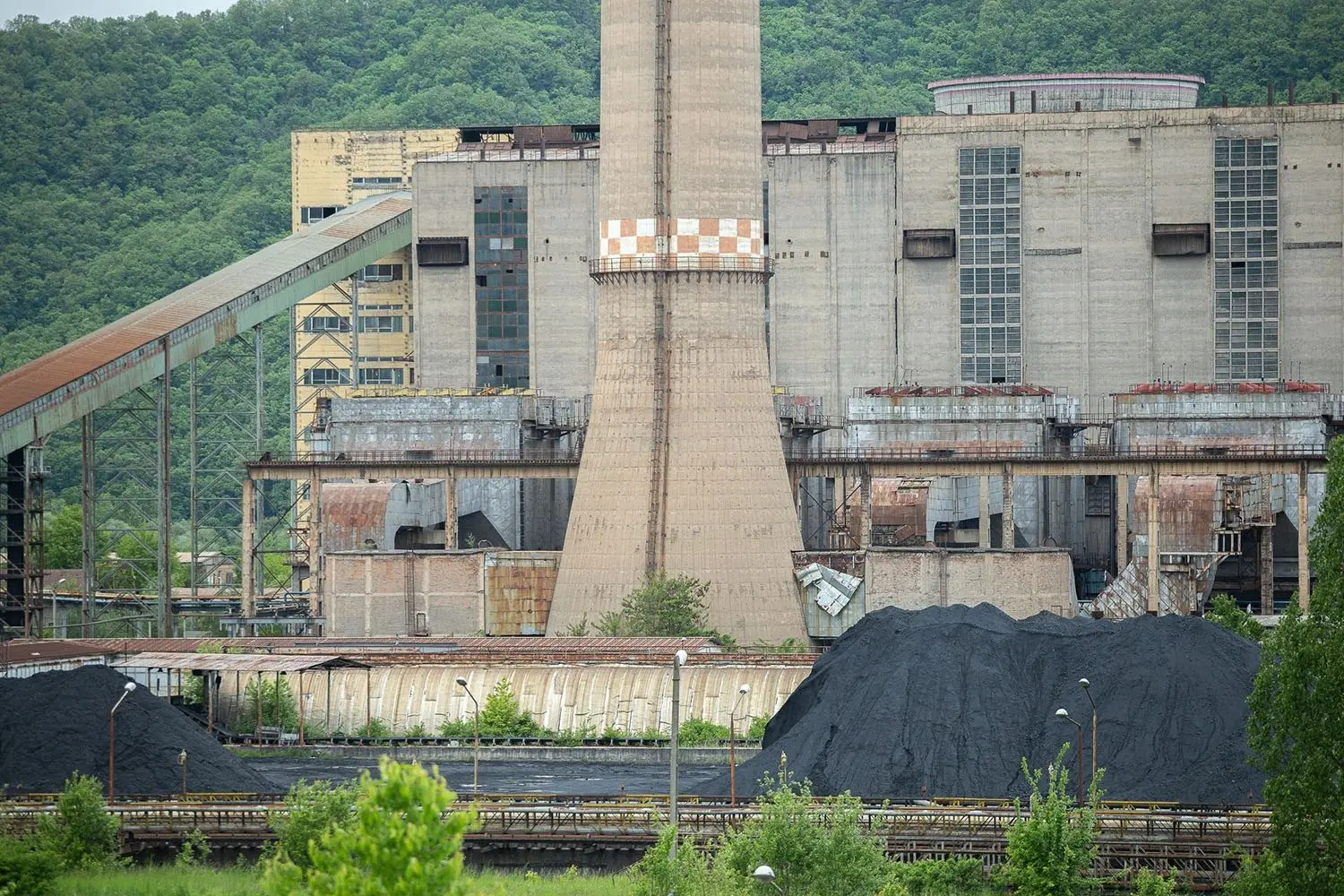
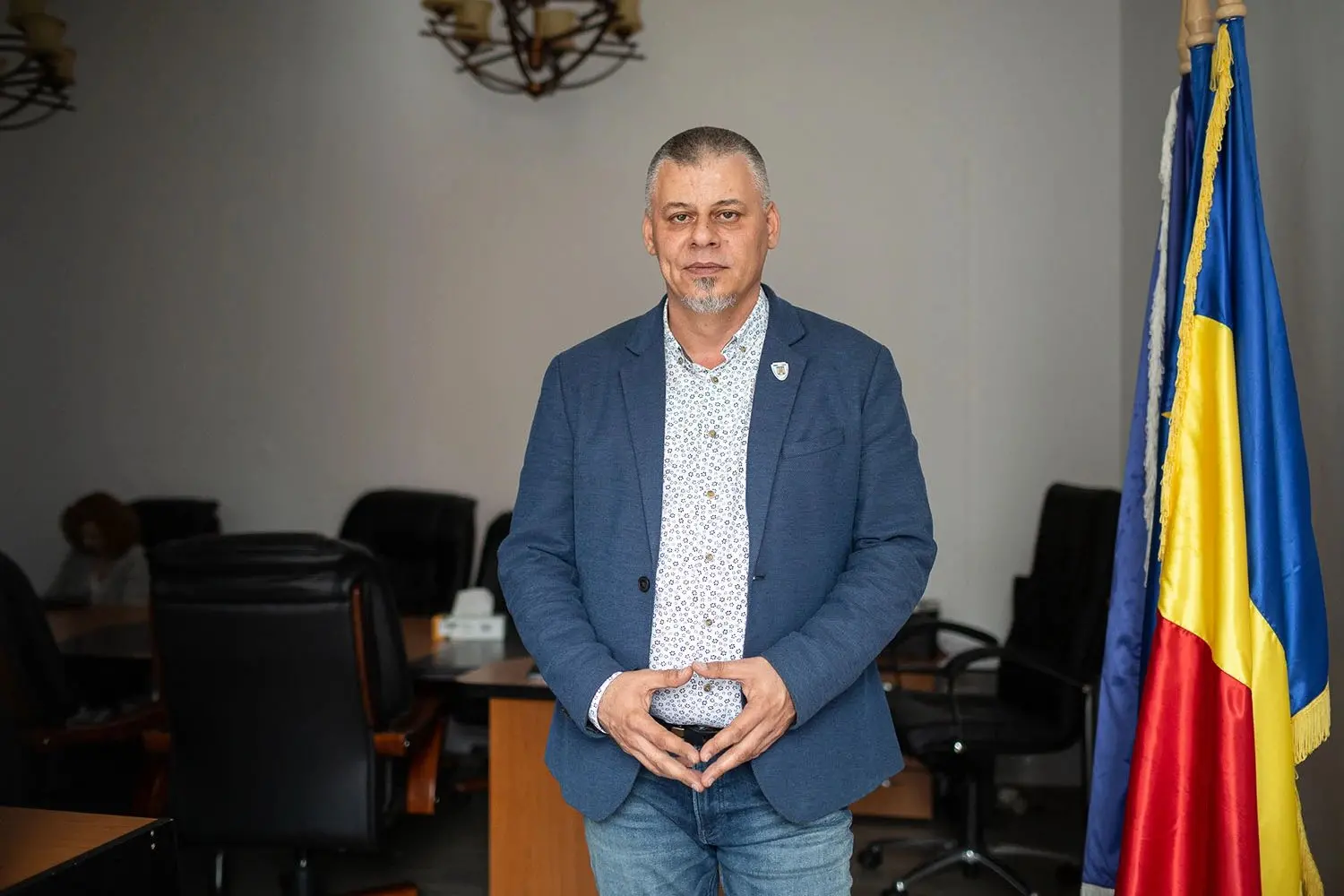
Russia currently provides around 40 percent of the EU’s gas imports, and the bloc aims to reduce these imports by two-thirds by the end of 2022. Romania isn’t as dependent on Russian gas as other countries. Last year, it imported around 20 percent of its natural gas, with domestic production covering the rest. However, most of those imports came from Russia. With the ongoing conflict in Ukraine, Romania now aims to source gas from its own offshore reserves and increase supply from elsewhere.
The EU has signaled that member states, including Romania, could instead postpone shutting down their coal mines and begin the transition directly to renewables—operating coal plants for longer rather than using gas as an intermediary. “Central [and] Eastern Europe was banking on coal-to-gas switch,” said Raphael Hanoteaux, a senior policy advisor on gas politics at the climate think tank E3G. “Gas is no longer seen as a nonproblematic fuel. It’s tied to problematic suppliers.”
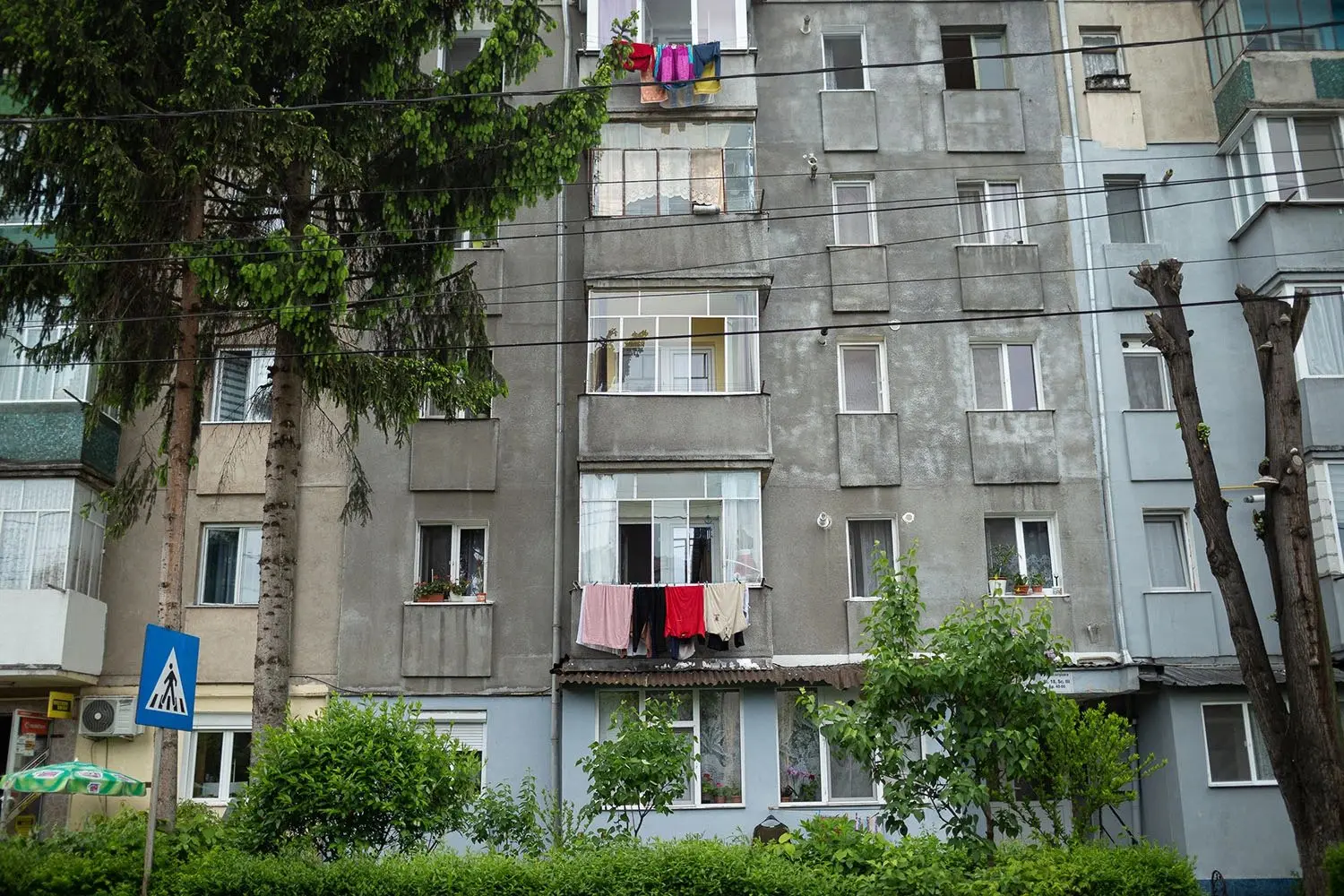
In the short term, Romania plans to increase coal-generated electricity production by 300 megawatts at the Oltenia Energy Complex in the country’s south, Energy Minister Virgil Popescu said in an interview. It aims to diversify its gas supply by tapping into offshore reserves in the Black Sea, estimated at more than 200 billion cubic meters, and by importing gas from countries such as Azerbaijan, Qatar, Saudi Arabia, Egypt, Israel, and the United States. It could also expand capacity at the Cernavoda nuclear power plant, which produces around 20 percent of the country’s electricity.
At the same time, the Romanian government is putting more effort into renewable energy. Last month, the Ministry of Energy launched a call for EU-funded projects to increase the production of energy from wind and solar sources by 950 megawatts. Expanding renewables rather than transitioning to gas would give the country a better chance of aligning with the EU’s goal of reducing greenhouse gas emissions by at least 55 percent by 2030 and becoming a climate-neutral bloc by 2050.
Current efforts to cut reliance on Russian energy imports in response to its invasion of Ukraine could present an “opportunity for Romania to finally align to the appropriate rhetoric,” said Mihai Balan, who leads the energy systems program at the Bucharest-based Energy Policy Group. “The window of opportunity for gas in Europe has been shut down.”
Until recently, the gas industry lobby had pushed for its use as a transition fuel—a so-called stepping stone between coal and renewables for Eastern Europe. But because gas still emits both carbon and methane into the atmosphere, although at lower rates than coal, the fuel would also need to be phased out to meet EU climate targets. “We really believe this [investment in gas] is a real mistake, especially given our carbon budget—the number of tons of [carbon dioxide] that we can emit before being way over our [climate] objectives,” Hanoteaux said last year.
Romania’s natural gas consumption has declined steadily in the past three decades. It was estimated at 113 terawatt-hours in 2020—down by more than 50 percent since the early 1990s. Individual home heating systems accounted for 36 percent of that consumption, and plants producing electricity and heating for centralized systems made up about one-third, with the rest used in industry. If Romania cut Russian gas imports completely, it would have an estimated deficit of 16.5 terawatt-hours per year, according to a recent report by the Energy Policy Group, even allowing for increased domestic gas production and renewable projects.
The report points to short-term solutions such as reducing public building temperatures and replacing gas-fired boilers, like those used in Deva, with heat pumps in the future. It also suggests temporarily shutting down factories that depend heavily on gas. Some factories took this approach last winter: Alro Slatina, one of the biggest aluminum producers in Central Europe, and the fertilizer producer Azomures were forced to cut production to save costs. After all, gas prices were rising before the conflict in Ukraine made the market more volatile.
The Energy Policy Group report argues that instead of diversifying its supply of natural gas, Romania should focus on reducing its use of the fossil fuel altogether: According to its calculations, the country could cut its natural gas consumption nearly in half by 2030 if it invests in wind, solar, and green hydrogen and improves building energy efficiency.
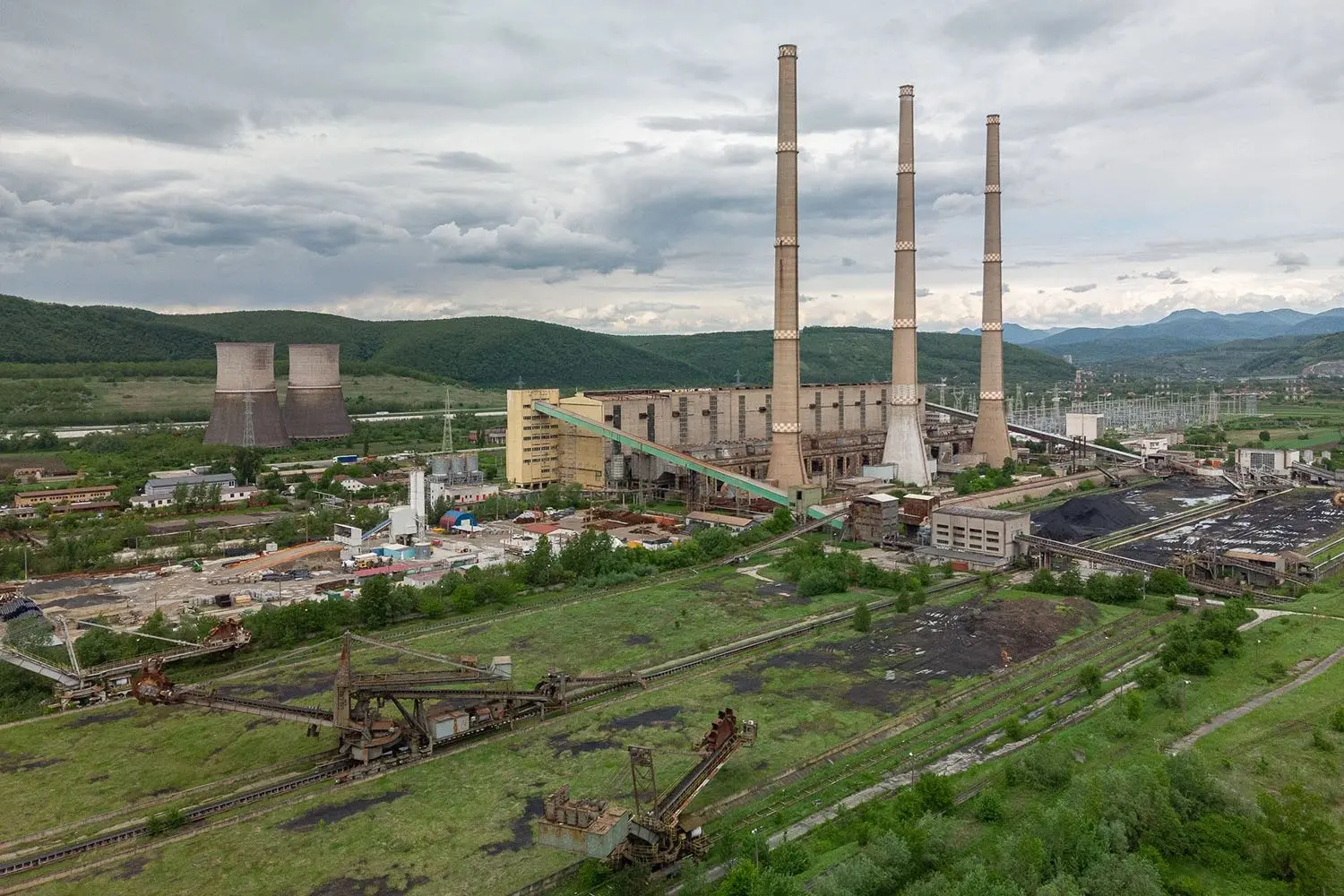
Romania already has significant renewable capacity, and there is room to grow. In 2020, solar and wind power together provided nearly as much electricity as gas. Meanwhile, Romania’s wind potential is estimated to be the highest in southeastern Europe, with regions such as Dobrogea, Moldova, and Banat providing the right conditions for turbines. Most current investments go toward onshore wind farms, but offshore projects on the Black Sea coast are also starting to gain attention.
“Offshore wind is a less variable renewable resource compared to its onshore counterparts, one that builds on Europe’s technological leadership,” Balan said. “Brussels sees offshore wind as the backbone of Europe’s carbon-free vision and is now putting in place policy instruments that encourage cooperation between countries.”
The EU’s next long-term budget, together with its pandemic rebound funding program, represents the largest stimulus package in the bloc’s history. The plan provides 1.62 billion euros ($1.76 billion) for investments in the energy sector in Romania—projects that should be implemented through August 2026, according to Energy Minister Popescu. “Romania has everything it needs, including European funding, to speed up its transition to renewable energy,” Balan said.
The conflict in Ukraine has changed how the European community approaches Russian gas imports, but it hasn’t bridged the gap between reducing dependency on Russian gas and dependency on gas altogether. A few weeks before the war in Ukraine began, the European Commission proposed that gas and nuclear energy be seen as “sustainable” under certain conditions, enabling the construction of new gas infrastructure. At least two groups of EU lawmakers—the Greens and the Socialists and Democrats—plan to file a motion to reject this classification, with a European Parliament vote scheduled for July.
In the meantime, the EU is fast-tracking gas infrastructure projects to increase the flow between member states—an “extremely problematic” approach, Hanoteaux said. Infrastructure such as gas pipelines take time and resources to build, and the decisions countries make now will have an impact for years. Choosing to build gas infrastructure now means that “the EU will rely on gas infrastructure for a long time,” he said.
Gas industry advocates argue that pipelines and other infrastructure could be used for hydrogen in the future. Currently, most hydrogen produced for fuel comes from gas, but green hydrogen—created with water and renewable energy—could be a solution under some circumstances, including powering industrial consumers. Romania’s own energy strategy includes building 2,000 kilometers of a new gas distribution network, with an aim to use it entirely for hydrogen by 2030. The Romanian state-owned Transgaz, which operates the country’s gas transmission system, has announced plans for green hydrogen infrastructure with EU funding.
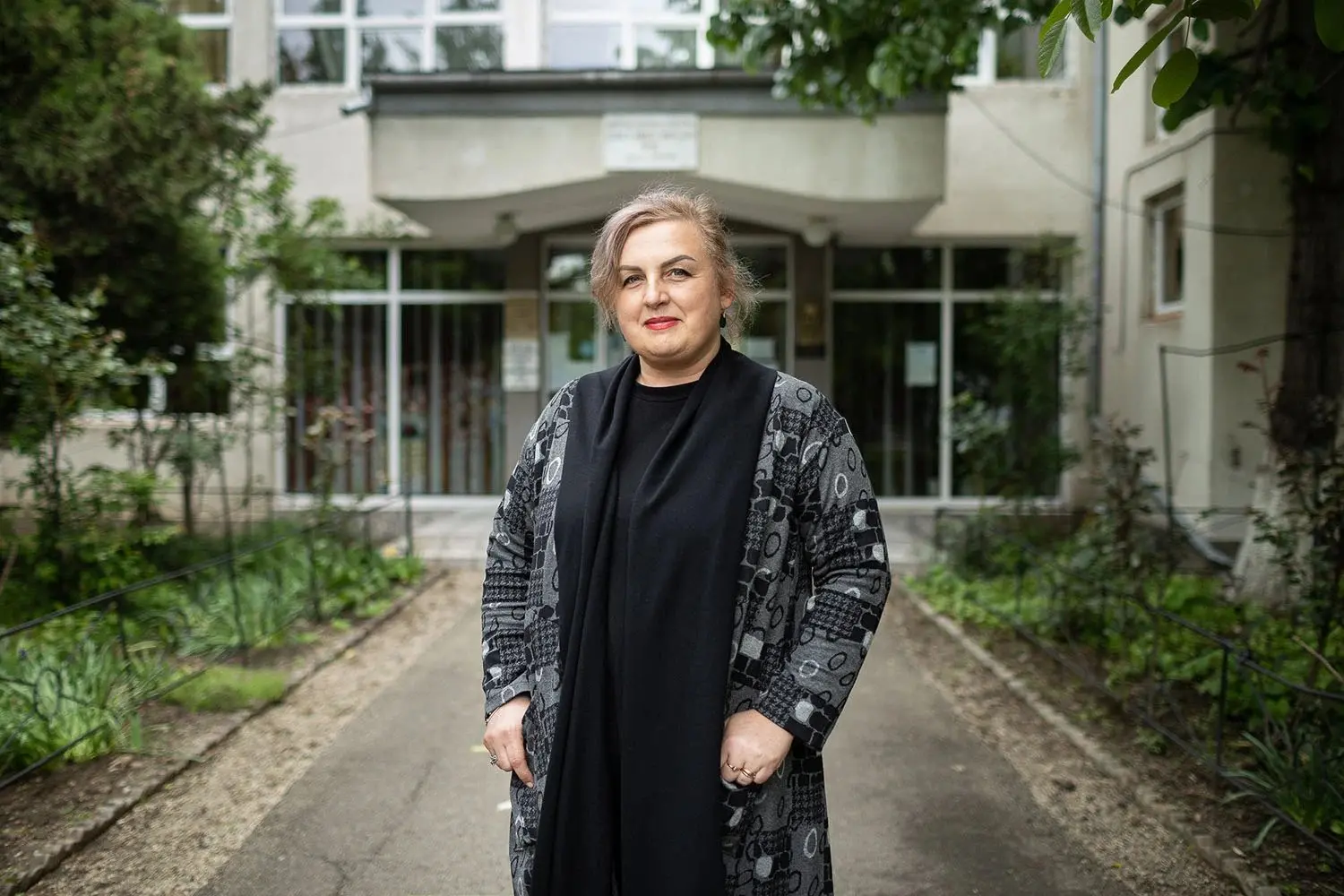
The government plans to finalize the national strategy for hydrogen by the beginning of next year, but climate campaigners remain wary. In addition to the climate risk of locking in reliance on gas as a fuel, building out pipelines could be more expensive for people down the line. “A one-to-one replacement of fossil gas by hydrogen and low-carbon gases can only lead to a very high bill for consumers because, in most cases, electricity is a cheaper and more efficient replacement,” Hanoteaux said.
Meanwhile in Deva, the schoolteacher Luncan just hopes the city will find a long-term solution to keeping buildings warm through the winter. The increasing gas prices and the war in Ukraine worry her. “It’s so sad that officials haven’t solved this issue reasonably,” she said.
A coordinated policy push toward renewables, coupled with accelerating energy efficiency and electrification, could reduce Europe’s reliance on gas from Russia—and on gas overall. The implementation of this transition will have consequences for many decades in Romania and throughout the EU. “Our security and our diplomacy rely on the Green Deal,” Hanoteaux said. “It’s no longer just a climate issue.”









